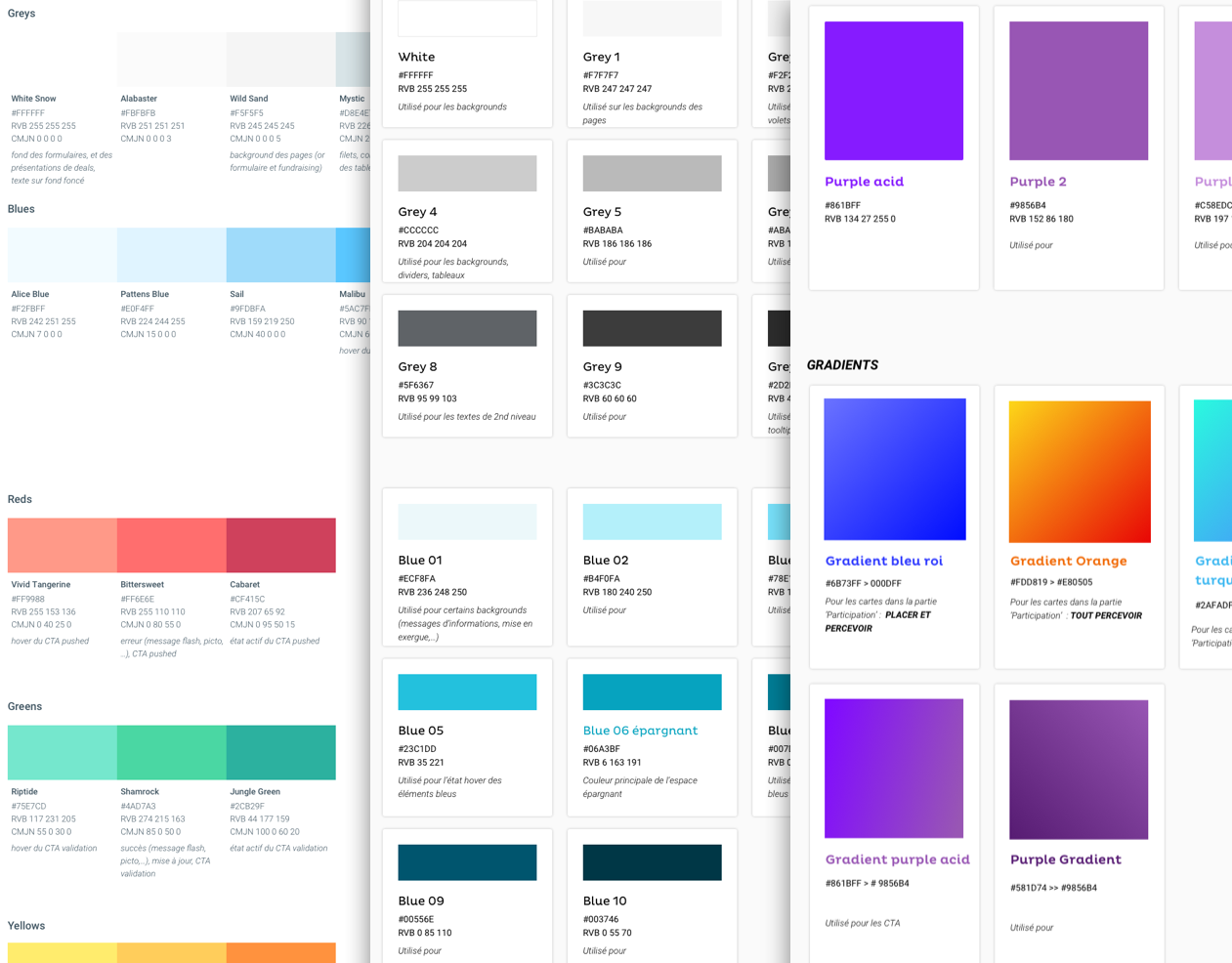Magic & augmented reality: designing a sensory illusion
At first glance, magic and augmented reality (AR) might seem unrelated. But in many ways, magic could be seen as an early form of AR—one where the illusion feels so seamless, the "technology" behind it disappears entirely.
AR adds an extra layer to our physical reality—an overlay of information, visuals, or interaction. Isn’t that exactly what illusionism has been doing for centuries? Making the impossible appear real, defying the laws of physics, and inviting us to question what we see.
When I wrote my thesis on this topic in 2015, AR devices were still primarily headsets and smart glasses—visible, heavy, and always present in the user’s awareness. These tools act as a filter between the user and the augmented layer, never quite merging with reality. The user knows they’re seeing something "added on."
In contrast, magic creates moments where the boundary between real and unreal blurs completely. The illusionist doesn’t display the mechanism; they create a suspended moment where the impossible feels natural. That, to me, is the essence of true augmented reality.
And where does Anima come in?
One limitation of traditional magic is that the audience remains... an audience. They may occasionally participate in a trick, but usually as a "victim" who is about to get tricked in front of everyone, or it can be an accomplice actor...
What if we flipped that dynamic? What if users became the source of the illusion itself?
From that idea, I began designing Anima—an interactive tea room where magic emerges from users’ own actions. I chose a tea room for two key reasons:
Magic works best when it’s unexpected—and everyday objects offer the perfect canvas for surprise.
User behavior is predictable in such settings, which makes interaction design more meaningful and immersive.
I started by mapping out typical gestures and behaviors in this context: how people reach for their cups, stir tea, interact with the space. Then I explored how these actions could trigger magical interactions using the five senses design framework to create a fully immersive, sensory-rich experience driven by the user’s presence.
The concept
Anima is an interactive tea room offering an immersive, multi-sensory journey. The idea: to transform an everyday moment, sharing tea, into a magical and cultural experience, where users become active participants in the illusion.
The experience
On the day of the presentation, Anima invited users on a sensorial journey to China, the country of origin of the tea being served that day (taste & smell). Magic unfolded the moment the cups were placed on the table, with ambient lighting revealing hidden visual cues (sight). When users lifted a cup, the movement triggered custom soundscapes linked to that specific object (hearing).
Each cup was designed to represent a core element of Chinese culture:
• Tradition
• Meditation
• Celebration
• Spirituality
• Tradition
• Meditation
• Celebration
• Spirituality
These cultural themes were reflected in both the light patterns and the sounds triggered by each cup. While the prototype focused on a tea room, Anima was above all a concept of ambient magic—augmenting the everyday through subtle and surprising interactions. The idea could easily extend beyond tea, into other moments of daily life.


Prototyping magic
Due to budget and time constraints, I had to prioritize simple and efficient interactions. High-end sensors (touch capacitors, gyroscopes) were out of reach, so I opted for an accessible setup: 5 FSR sensors (Force-Sensitive Resistors) were placed under the 4 cups and teapot. These sensors detected presence of the cup and weight changes (e.g., cup lifted or placed, level of tea). Everything was connected to an Arduino board.
The system detected interaction events and used them to trigger:
• LED animations under the table, using NeoPixel light strips, each programmable individually
• Sound effects, triggered via Processing (a creative coding tool), with each cup mapped to a specific sound library.
• LED animations under the table, using NeoPixel light strips, each programmable individually
• Sound effects, triggered via Processing (a creative coding tool), with each cup mapped to a specific sound library.
Below are a few images showing the setup and the initial interaction tests (e.g., turning off a light when a cup is lifted).






Once the connection between the sensors and the computer was stable, I created a system to project light animations directly onto the table surface—in this case, a simple plexiglass panel covered with a wood-textured vinyl.
The lights were controlled using NeoPixel LED strips, each individually programmed via Arduino.
As for the sound design, the data collected by the Arduino board was transferred to a Processing sketch, which managed a sound library linked to each individual cup.
As for the sound design, the data collected by the Arduino board was transferred to a Processing sketch, which managed a sound library linked to each individual cup.
Each cup became a trigger for both visual and auditory feedback, transforming simple gestures into magical interactions.



Identity
Anima. It comes from the Latin word for “breath” or “soul,” reflecting the project’s core intent: to breathe life into everyday objects and make the ordinary feel magical.
The logo plays with the invisible. Designed around a faux symmetry centered on the “i”, it visually echoes the idea of user actions subtly triggering reactions in the environment.
The visual system, combining geometric shapes with real and often natural elements, further reinforces this concept—representing how digital layers augment the physical world.
The visual system, combining geometric shapes with real and often natural elements, further reinforces this concept—representing how digital layers augment the physical world.
Key visual
Communication
As part of the communication strategy, I created a series of postcards in Anima’s color, as an extension of the sensorial journey. On the back of each one is a discount code, encouraging people to keep them, or share them to invite others to discover the experience.
The first three cards in the series represent China, Japan and Morocco.Three countries where tea rituals are deeply rooted in tradition—and three chapters in Anima’s travel log, waiting to be explored.



Anima wasn’t just about tea—it was about re-enchanting the ordinary through human-centered interaction design. By connecting physical gestures to ambient responses across the five senses, the prototype blurred the line between technology and magic—without ever showing the trick.
Role
UX research, design, build the installation, visual identity
UX research, design, build the installation, visual identity
Prototype
FSR sensors, neo-pixels, Arduino, Processing
FSR sensors, neo-pixels, Arduino, Processing
Other
Photoshop, Illustrator, C4D
Photoshop, Illustrator, C4D
Years
Thesis in 2015, prototype in 2016
Thesis in 2015, prototype in 2016



